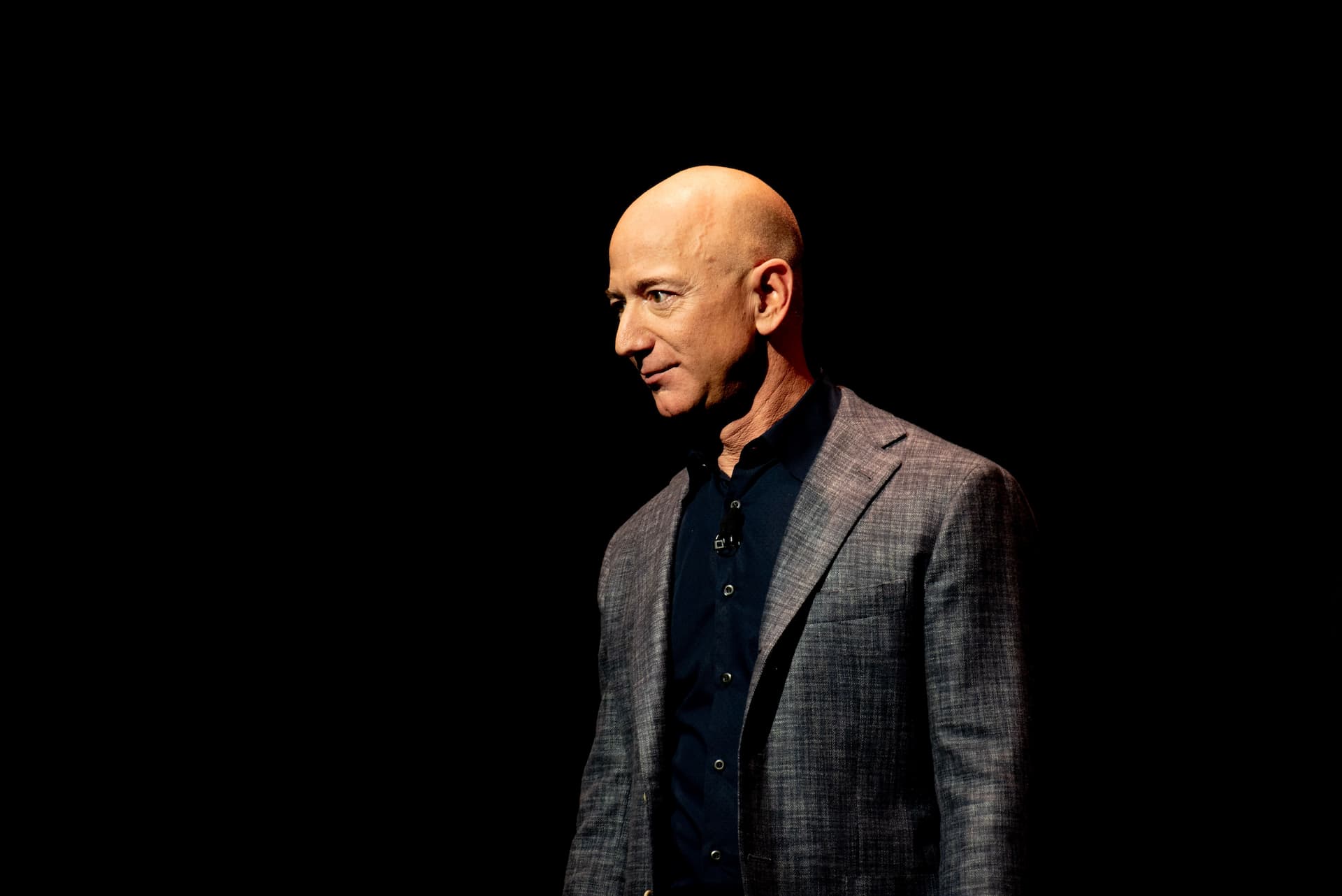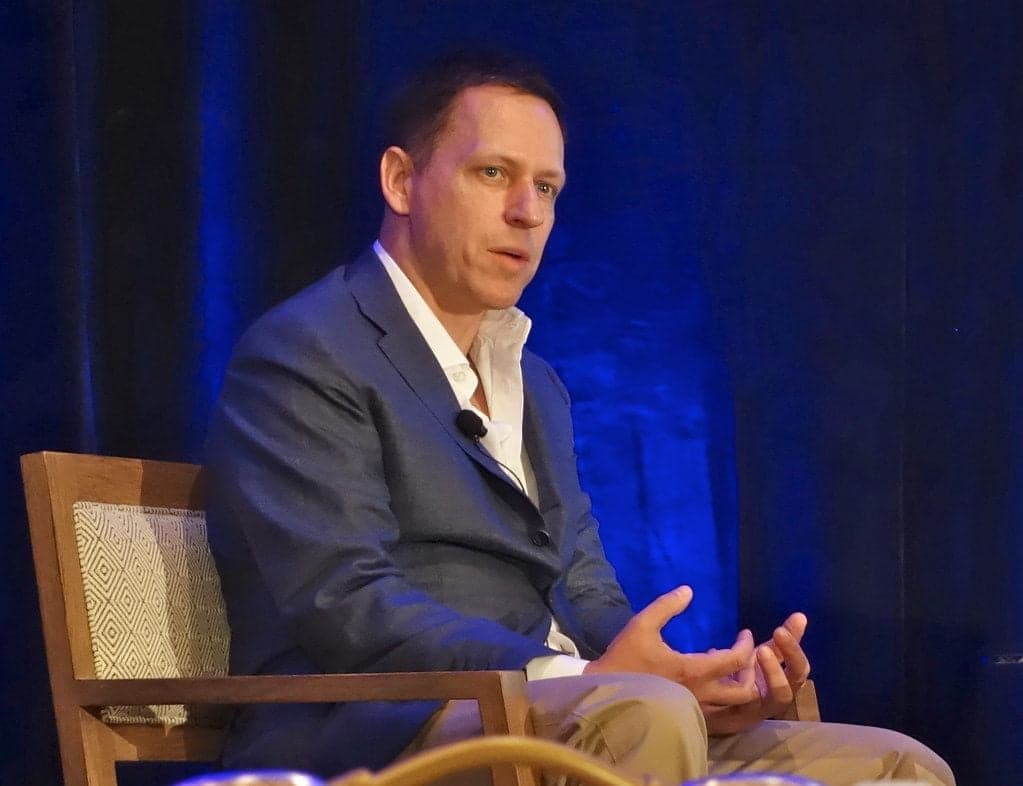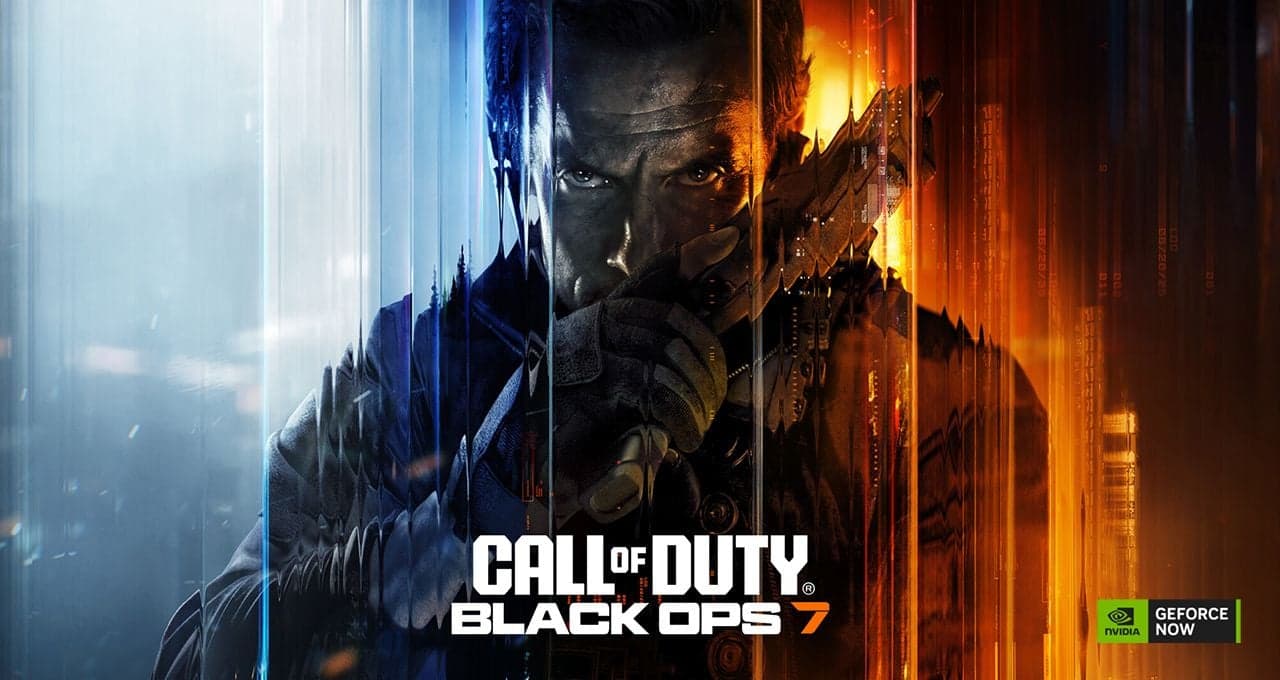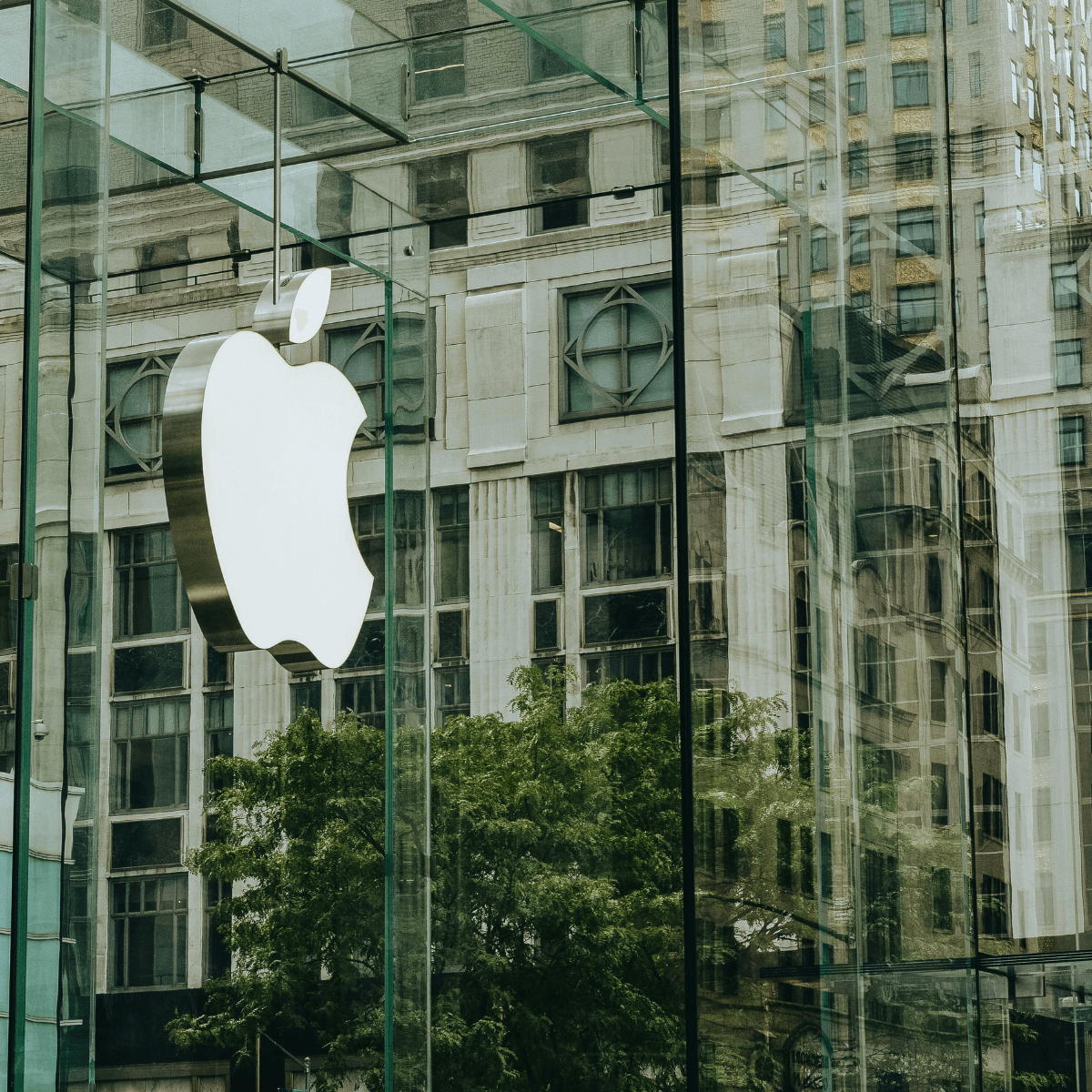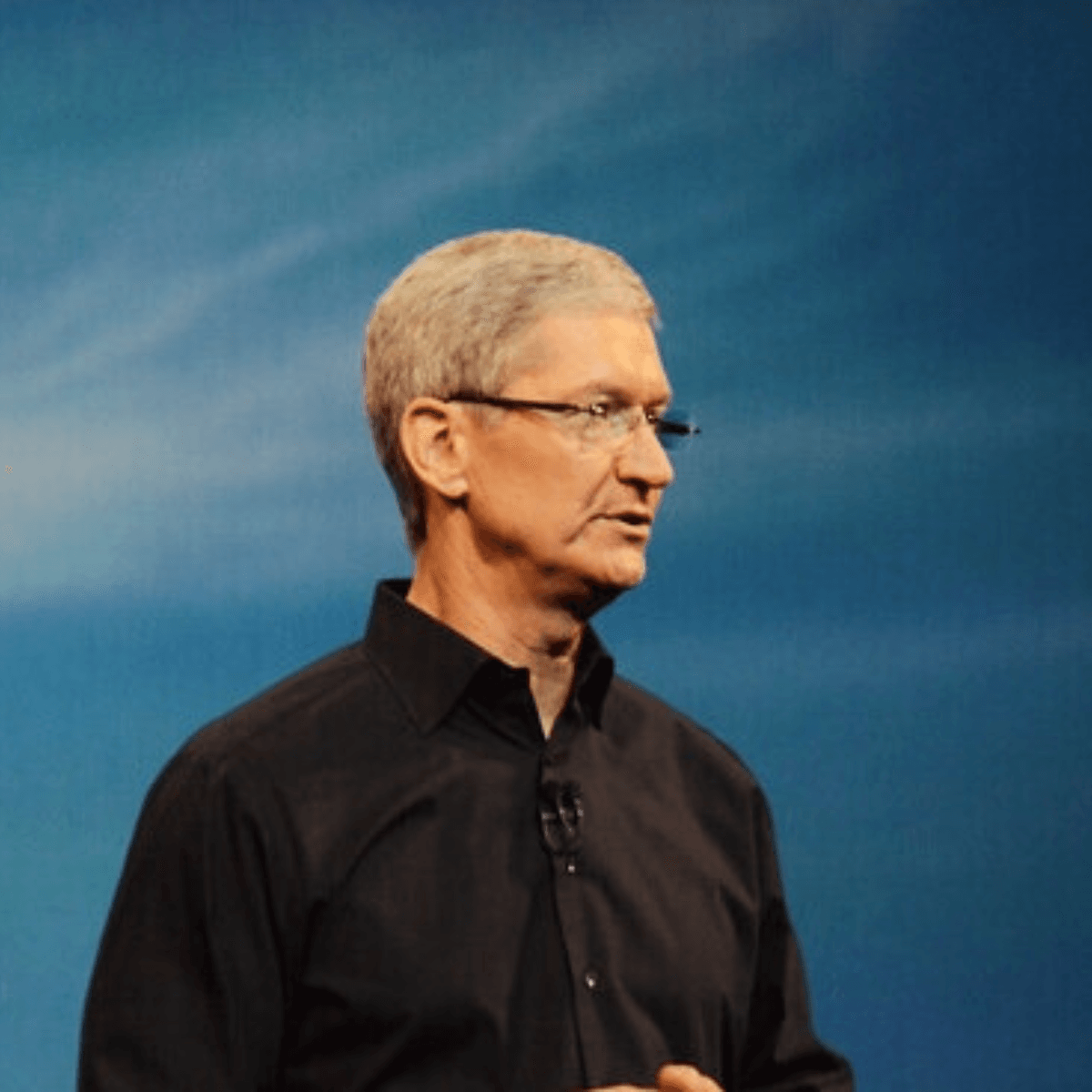A single Chinese startup just proved that the emperor has no clothes in Silicon Valley's AI kingdom. When DeepSeek announced it had built an AI model rivaling ChatGPT for under $6 million, tech markets didn't just wobble - they absolutely cratered. Nvidia alone shed a record-breaking $600 billion in market value in one day, marking the largest single-day loss in U.S. stock market history.
You can also set us as a preferred source in Google Search/News by clicking the button.
But here's the thing: this wasn't some random market hiccup. It was a wake-up call about the massive disconnect between AI spending and AI returns that's been building for years.
According to research firm Gartner, spending on generative AI will reach $644 billion this year alone. McKinsey estimates that by 2030, global investment in data centers will hit $6.7 trillion. That's trillion with a T. Meanwhile, last year those same hyperscalers - Amazon, Google, Microsoft and the gang - generated only $45 billion in actual AI-related revenue.
Let's do some quick math here. Companies are investing hundreds of billions annually while pulling in roughly $45 billion in returns. That's not a business model; that's a very expensive hobby.
Apollo's chief economist Torsten Slok recently warned that today's AI bubble is actually worse than the infamous 1999 dot-com crash. His analysis shows tech giants sporting price-to-earnings ratios that make the millennium bubble look conservative. Nvidia was trading at a mind-bending 102 times sales before the DeepSeek reality check hit. Really? Even if the company grew sales by 30% annually for four straight years, it would still be trading at 37 times sales - a ratio that historically spells trouble for any stock.
The parallels to the late 90s are getting harder to ignore. Just like the dot-com era, we're seeing massive capital investments in infrastructure that may or may not pay off. Companies are pouring money into AI data centers with the same fervor that drove telecom spending in 1999, hoping to strike gold in the next generation of computing.
OpenAI perfectly embodies this disconnect. The company has roughly 700 million weekly active users but only about 5 million paying business customers. That's a conversion rate that would make any SaaS founder wince. Despite being valued at around $300 billion in recent funding rounds, OpenAI is reportedly on track to spend $30 billion annually just on Oracle's data center computing power, plus another $40 billion on Nvidia chips. The math simply doesn't add up.
The hyperscalers are each dropping around $100 billion this year on AI infrastructure, with plans to spend even more next year. Microsoft, Meta, Amazon, and Google are essentially in an arms race, building massive data centers without any clear understanding of when - or if - the demand will materialize to justify these investments.
Then DeepSeek showed up and changed everything overnight. The Chinese startup demonstrated that you don't need Nvidia's most expensive chips or massive data centers to build competitive AI. Their model reportedly performs as well as established players while using significantly less computational power. It's like someone just figured out how to build a Tesla in their garage while Ford was spending billions on new factories.
The market's reaction was swift and brutal. Beyond Nvidia's historic plunge, Oracle dropped 14%, and the broader tech sector took a massive hit. Investors suddenly realized that if AI can be done cheaper and more efficiently, then all those trillion-dollar infrastructure investments might not be the moats companies thought they were building.
This isn't just about one company or one technology disruption. As investment advisor Barry Ritholtz pointed out, completely unexpected events happen with "shocking regularity." The years without major surprises are actually the outliers. Nobody had DeepSeek on their 2025 bingo card, just like few predicted the pandemic, inflation spikes, or geopolitical conflicts that have repeatedly upended market expectations.
The fundamental problem is that AI companies are spending like they're already dominant platforms when they're still figuring out basic business models. The conversion from free users to paying customers remains abysmal across the industry. Enterprise adoption is happening, but slowly and at price points that don't justify current valuations.
The scariest part? We might only be seeing the beginning. If DeepSeek's breakthrough proves that AI capabilities can be democratized and costs dramatically reduced, it raises serious questions about the sustainability of current business models. Why pay premium prices for ChatGPT Plus when alternatives work just as well for free?
The White House's AI czar called the DeepSeek disruption a "Sputnik moment" - a reference to the shock that galvanized American space efforts in the 1950s. But unlike the space race, this competition isn't just about national prestige. It's about whether trillion-dollar valuations built on the assumption of AI scarcity can survive in a world where AI becomes a commodity.
History suggests that when bubbles burst, not everyone disappears. Amazon and Google survived the dot-com crash and emerged stronger. Some of today's AI investments will probably pay off spectacularly. The question is which ones, and whether investors can tell the difference between the future winners and the soon-to-be cautionary tales.
The trillion-dollar AI bubble isn't coming - it's already here. DeepSeek just popped it a little early.





